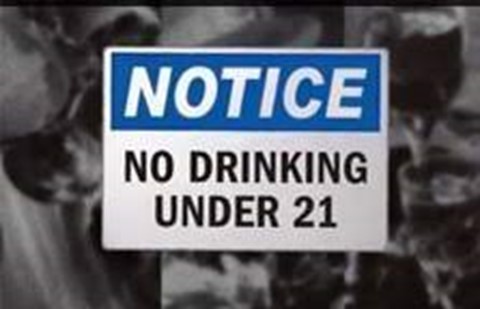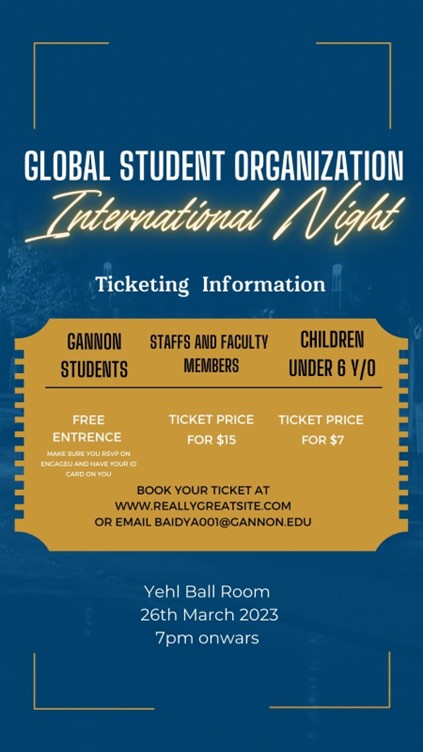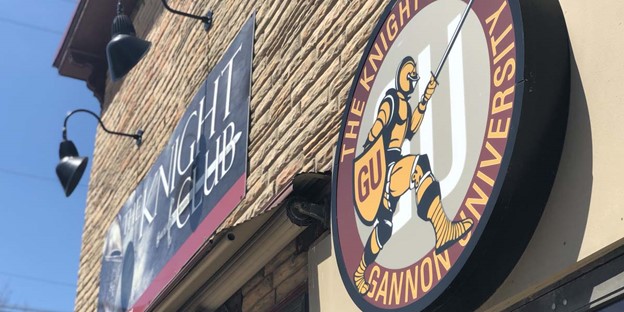We all have classes that we’re not exactly thrilled to take, especially those specific to our major.
Physical therapy or physician assistant majors cringe at the thought of one class required for them to graduate: gross anatomy.
It’s been called by many one of the most difficult classes taught at Gannon University, as it requires intense memorization and application skills.
Heather Roberts, a junior pre-physical therapy and sport and exercise science major, took the course in the fall of 2010 and said it was the most challenging class she has ever taken.
“It’s extremely difficult because you have to learn everything about the body, from the inside of your eyeballs to the tips of your toes,” she said.
The course is split into four tests, including the final. The students take a test after each section; head and neck, trunk and torso, the upper limbs and the lower limbs.
Roberts said the course is necessary to her major because it is a requirement for physical therapy school and for her future career. Students in Gannon’s graduate physical therapy program are required to take the course again, and Roberts said it is a smooth introduction.
“To be a physical therapist, you need to know every muscle and how it functions,” she said. “You need to learn about every muscle and how it works in case there’s damage to it.”
Ann Su, an instructor in the biology department, worked as a teaching assistant for the course before she began teaching it herself in 2006. She has taught it every year since then, and sometimes, she has even taught it twice a year.
Su said gross anatomy is a relevant course because it is the basic language of health care professionals.
“Actually seeing the structures and variations between people allows students to have a much better understanding of how the body’s tissues and organs work,” she said.
“Seeing the relationships between structures also helps in the understanding of how diseases can spread from one body system to another.”
Roberts said she studied by making flash cards and note cards for all of the muscles.
She also read the book extensively and studied every day for two hours. On test days, she studied all day prior to the exam.
Gross anatomy is also unlike most courses because the course has two ways of testing: regular exams and practicals.
The practical took place on Saturday afternoons. There are approximately 80 questions on a test, and there are two questions every 75 seconds. The traditional exams are applications of the knowledge of the body parts.
In addition to the different testing methods, the class is also split into a lecture and a lab, like most science courses.
In the lecture course, the structures that have or will be seen in lab are reviewed, and students learn a bit about their structure in function. Roberts said both the lecture and the lab are taught at a quick pace.
In gross anatomy lab, the names of the structures are reinforced, and the students also get a sense of their relative position in the body and normal variations that can occur between people.
Students in gross anatomy also get a unique opportunity in the lab, as they get to work with cadavers.
Roberts said she wasn’t bothered working with the cadavers.
“I didn’t think of them as dead people, I would think of them as models,” she said. “If I thought of them as anything other than models, it would be difficult to stay focused on the task at hand.”
Su said students often find the course difficult because of the “language of the body” that students need to learn.
“Anatomy is like being dropped into a foreign country and having to learn the language while navigating your way around,” she said. “It’s a lot of new vocabulary words, and it just takes a lot of time to visit each place and learn to recognize each structure.”
Though the class is difficult and although it was a requirement for her major, Roberts said that in the end, she’s glad she took it.
“It gave me an opportunity that many other people don’t have,” she said. “It was a great learning experience and a gift.”









